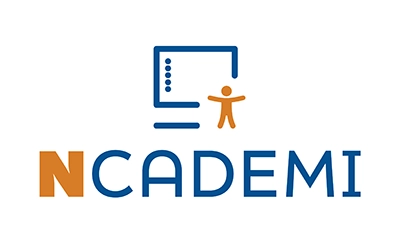Links

Overview
Links (also referred to as hyperlinks) are interactive elements in webpages or digital documents that connect students to other pages or resources. They increase interactivity and expand students’ access to related materials and information on a topic.
Why Accessible Links Matter
Accessible links benefit all students by making navigation clear and efficient. They are descriptive and explain where the link leads, and are visually formatted to make them easy to spot on the page. This helps students who scan the content visually, use voice control to activate links, rely on screen readers, or listen to text-to-speech, quickly identify links and understand their purpose. When links are poorly designed, students may become confused, frustrated, or even miss important instructions or entire assignments.
Tips for Success
- Use clear, concise link text that accurately conveys the link’s purpose or destination.
- Underline link text and use a different color from the surrounding text. This makes links easier to recognize.
- Avoid use of vague or extra link text such as “click here,” “read more,” or “link to.”
- Don’t insert long URLs as link text. If the URL must be displayed, consider using a link shortener.
Links Applied: Guiding Students to Additional Materials
Ms. Jarvis teaches 6th grade English Language Arts and posts her assignments in the school’s learning management system. As she creates an assignment asking students to compare a poem in its written form to a multimedia version, she recognizes the need to include two links, one to each version of the poem.

Instead of pasting in long, unclear URLs to each resource, Ms. Jarvis prioritizes accessibility and inserts two brief but descriptive links. She remembers not to use vague link text like “click here,” since it doesn’t help students distinguish between the two resources, especially out of context. Her assignment begins, “Please re-read Robert Frost’s poem, ‘A Road Not Taken,’ and watch the animated version of the poem on YouTube.”
After adding the remaining instructions, Ms. Jarvis tests the links to make sure they work. Because the link text is descriptive and visually identifiable, all students can easily find the right resources to complete the assignment. This includes Quinn, a student with dyslexia, who uses a text reader to highlight the words in his assignments as they are read out loud. Since the links are easy to find and make sense in the instructions, they don’t disrupt the flow of the text reader, and he can quickly locate and use them.
